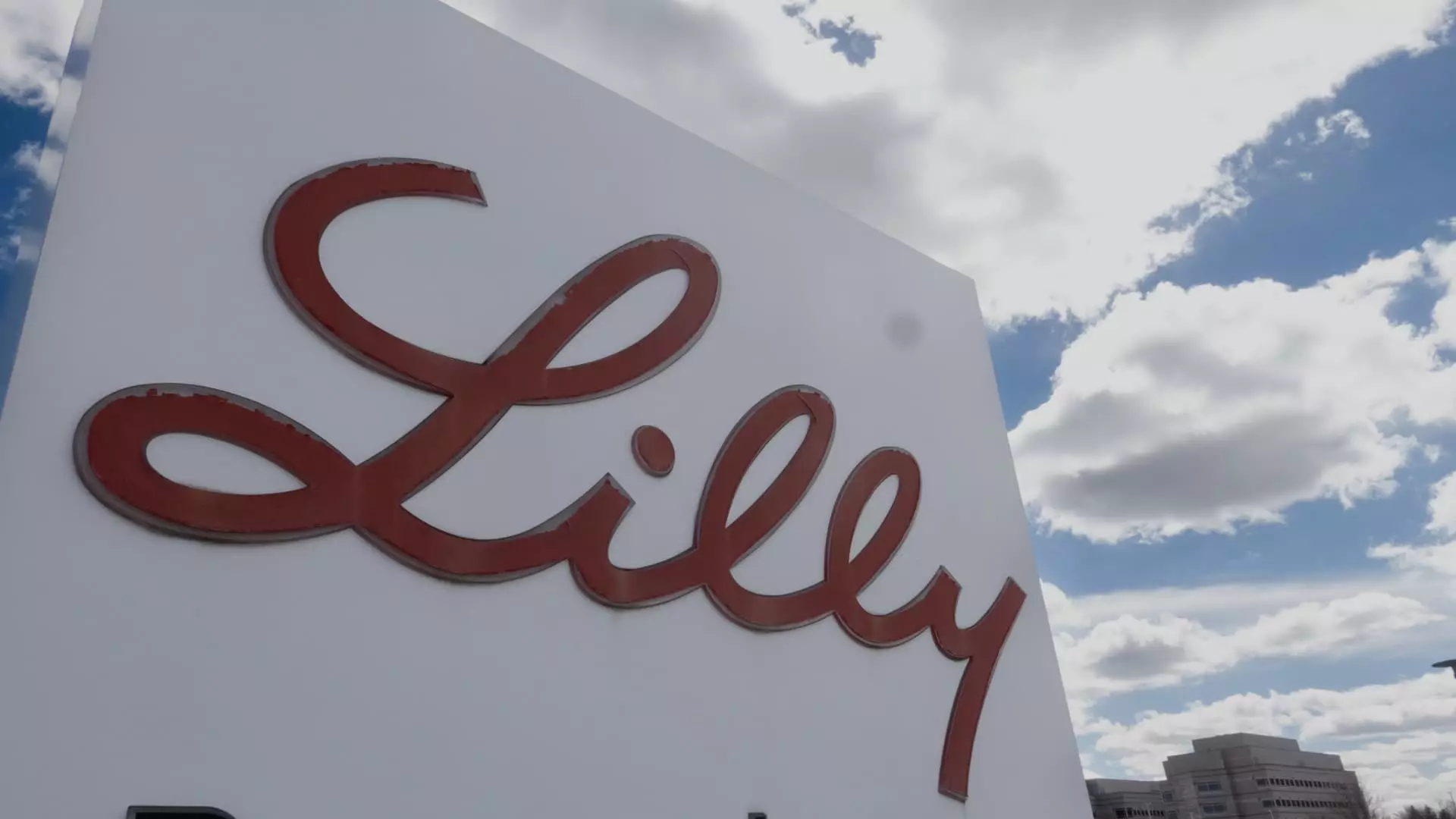Eli Lilly has recently announced a groundbreaking investment of $4.5 billion to construct a state-of-the-art facility known as the Lilly Medicine Foundry, an initiative aimed at revolutionizing the pharmaceutical manufacturing landscape. This facility represents a significant strategic shift, emphasizing not only the development of new production methods but also creating a unique integration of research and production processes within a single site. By merging these phases, Lilly seeks to enhance the efficiency of its operations and streamline the journey from the laboratory bench to the pharmacy shelf.
The Lilly Medicine Foundry aims to advance production techniques that are not just innovative but also tailored for efficiency. By synthesizing laboratory research with practical production applications, Lilly could dramatically reduce the time and cost associated with bringing drugs to market. This is particularly significant in light of the company’s successful offerings in the obesity treatment sector, specifically with its GLP-1 receptor agonists—Mounjaro and Zepbound. These drugs have seen immense popularity, and the results of their early success could signal a more sustainable future revenue stream for the company, with projections estimating that they could contribute $50 billion by 2028.
This targeted facility, set to open its doors in late 2027, is poised to produce a diverse array of therapeutics, including small molecules, biologics, and genetic medicines. Strategically located near an enormous $9 billion manufacturing complex in Lebanon, Indiana, this initiative showcases the company’s commitment to scaling up production capabilities alongside developing innovative manufacturing processes. The decision to build a center that intertwines research and production could effectively turn a theoretical concept into tangible therapies more rapidly than traditional methods have allowed.
The pharmaceutical landscape is often characterized by fierce competition, particularly in the wake of successful drug launches. Eli Lilly’s proactive approach to keep pace with industry demands and public health needs can be viewed as a necessary evolution, especially as other companies scramble to catch up with their advancements in obesity treatments and neurology. With a substantial market cap nearing $840 billion and stock performance soaring by nearly 65% in the past year, Lilly finds itself in a favorable financial position to pursue aggressive growth strategies.
However, this success does impose an obligation to continue innovating. As Lilly’s Chief Executive Officer David Ricks highlighted, the pressure to develop new medicines is amplified by the company’s ongoing prosperity. With a pipeline comprising 11 new obesity medications in various stages of development—each exploring different therapeutic mechanisms—Lilly is taking a multifaceted approach in this highly lucrative segment. Two of these candidates are already advancing through Phase 3 trials, underscoring the company’s dedication to meet diverse patient needs in obesity management.
Lilly’s exploration extends beyond the immediate opportunities in obesity, aiming also to tackle neurodegenerative diseases, including Alzheimer’s and ALS. Dr. Dan Skovronsky, head of scientific endeavors at Lilly, has emphasized that the pharmaceutical industry must not merely emulate existing trends but rather pursue “breakthrough ideas.” This forward-thinking mindset is imperative, particularly in an era where addressing unfulfilled medical needs is crucial, especially in the domains of mental health and chronic conditions.
Lilly’s historical background in neuroscience, marked by significant products like Prozac and the recently approved Alzheimer’s drug Kisunla, fuels the commitment to allocate resources toward this under-served field. The company’s understanding of both pharmacological innovations and patient needs poise it well to develop solutions that tackle debilitating conditions that affect millions globally.
Nevertheless, while Lilly is firmly rooted in the present challenges posed by obesity and neurological diseases, the company also acknowledges the need for diversification. Ricks has expressed a desire to explore new delivery systems, including pills that may target multiple health issues while minimizing injection frequencies through innovative technologies. This openness to integrating emerging trends into its development pipeline could enhance patient adherence and satisfaction, further bolstering the company’s competitive edge.
Ultimately, Eli Lilly’s ambitious plans represent a paradigm shift in pharmaceutical manufacturing and therapeutic discovery. As it stands on the brink of significant market influence, the company is not only focused on short-term goals but is also committed to a sustainable approach that promises to leverage its current successes into future breakthroughs, potentially placing it on a path toward becoming the first trillion-dollar healthcare company. Through an unwavering dedication to R&D, paired with strategic investments, Eli Lilly is poised for a prosperous future in the ever-evolving landscape of medicine.

